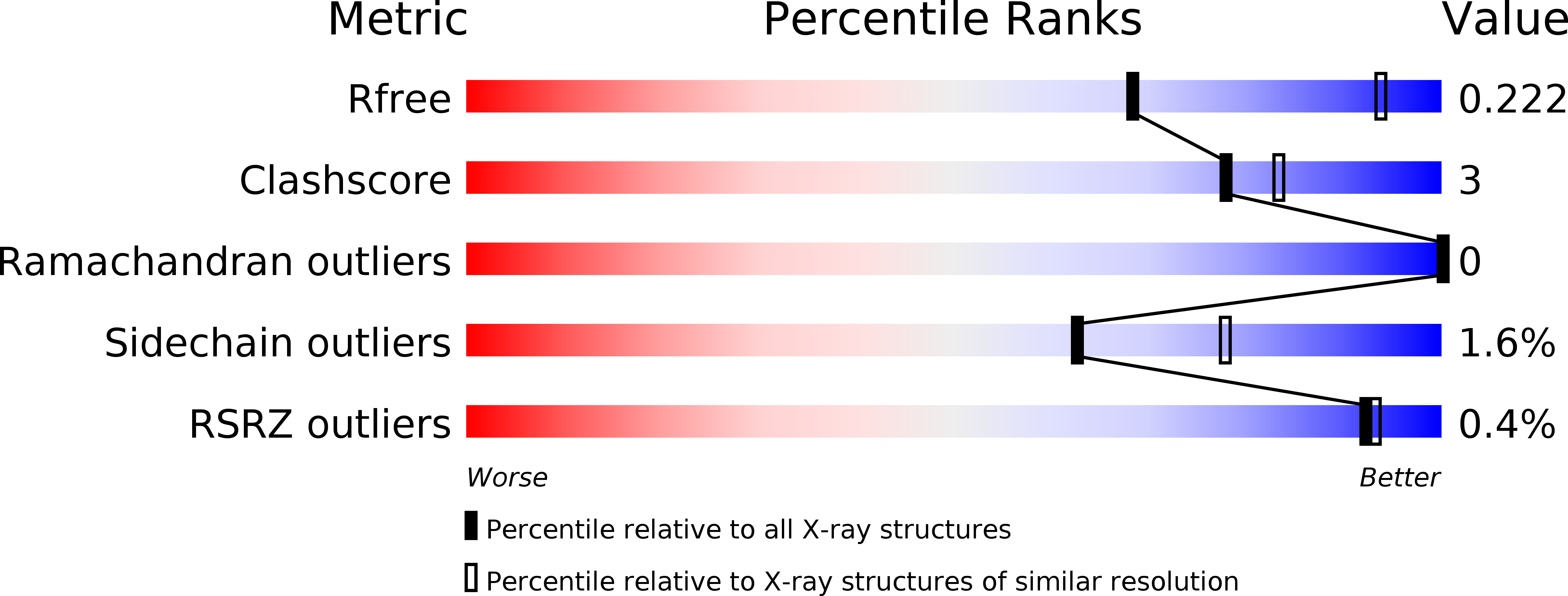
Deposition Date
2019-03-14
Release Date
2019-10-09
Last Version Date
2024-01-24
Entry Detail
Biological Source:
Source Organism:
Porcine kobuvirus swine/S-1-HUN/2007/Hungary (Taxon ID: 569195)
Host Organism:
Method Details:
Experimental Method:
Resolution:
2.63 Å
R-Value Free:
0.22
R-Value Work:
0.19
R-Value Observed:
0.19
Space Group:
P 61 2 2


